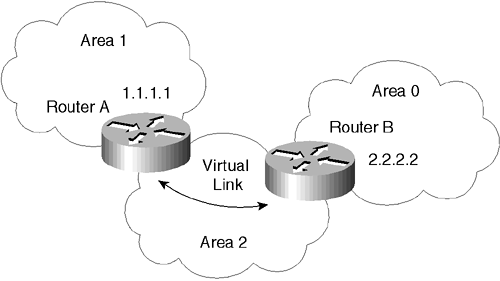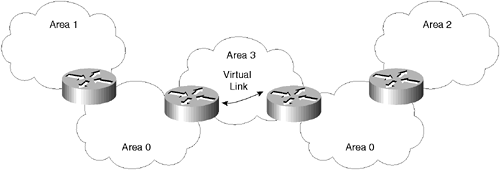| The answers provided in this section are not necessarily the only possible answers to the questions. The questions are designed to test your knowledge and to give practical exercise in certain key areas. This section is intended to test and exercise skills and concepts detailed in the body of this chapter. If your answer is different, ask yourself whether it follows the tenets explained in the answers provided. Your answer is correct not if it matches the solution provided in the book, but rather if it has included the principles of design laid out in the chapter. In this way, the testing provided in these scenarios is deeper: It examines not only your knowledge, but also your understanding and ability to apply that knowledge to problems. If you do not get the correct answer, refer back to the text and review the subject tested . Be certain to also review your notes on the question to ensure that you understand the principles of the subject. Scenario 8-1 Answers | 1: | Explain the purpose of the virtual link in Figure 8-5. Figure 8-5. Network Diagram 1 for Scenario 8-1  The following figure shows the network of another company for which the administrator worked previously. Examine the figure and answer the questions. | | A1: | In this example, Area 1 does not have a direct physical connection into Area 0. A virtual link must be configured between Router A and Router B. Area 2 is to be used as a transit area, and Router B is the entry point into Area 0. This way, Router A and Area 1 will have a logical connection to the backbone. | | 2: | Does the topology map in Figure 8-6 show a valid design? Figure 8-6. Network Diagram 2 for Scenario 8-1  | | A2: | Yes, the topology map in Figure 8-6 shows a valid design. | | 3: | Why would a company implement this design? | | A3: | OSPF allows for linking discontinuous parts of the backbone using a virtual link. In some cases, different Area 0s need to be linked together. This can occur, for example, if a company is trying to merge two separate OSPF networks into one network with a common Area 0. In other instances, virtual links are added for redundancy in case some router failure causes the backbone to be split in two. Whatever the reason might be, a virtual link can be configured between separate ABRs that touch Area 0 from each side and that have a common area between them. |
|